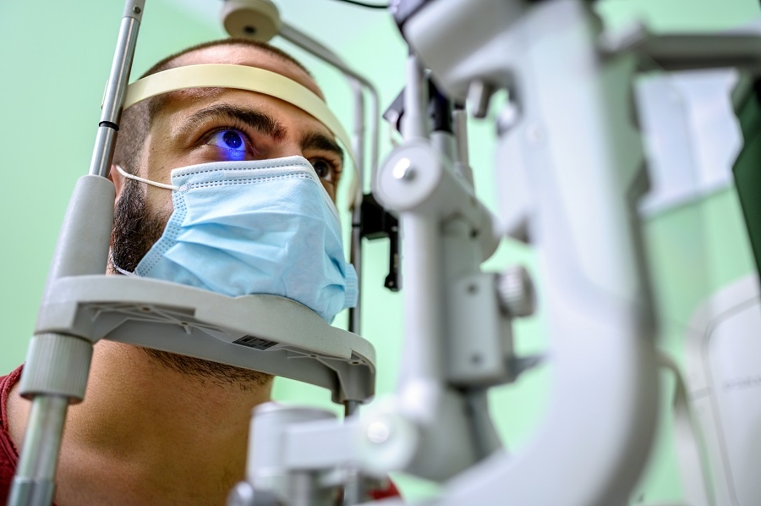
Glaucoma awareness month: How to lower your risk of glaucoma
Glaucoma affects around 3 million Americans—and about 50% of people with glaucoma don’t even know they have it. Without treatment, glaucoma can lead to blindness. It is the second leading cause of blindness worldwide.
But there is good news: you can take action to preserve your eyesight and eye health. This Glaucoma Awareness Month, here’s what you need to know about lowering your glaucoma risk.
What is glaucoma?
Glaucoma is not one disease but rather a series of diseases that affect your optic nerve. The optic nerve is the part of your eye that communicates the images you see to your brain for interpretation. When the optic nerve gets damaged, you may experience:
- Blind spots in your peripheral (side) vision
- Blurred vision
- Eye pain
- Nausea and vomiting
- Severe headaches
Know your glaucoma risk
The first step to lowering your risk of glaucoma is discussing your personal risk factors with your healthcare provider. Visiting an ophthalmologist (eye doctor) as often as recommended is a crucial step in maintaining your eye health.
If you have a family history of glaucoma or have had eye injuries, you have a higher risk for the disease. Certain conditions, such as diabetes, heart disease and high blood pressure can all also increase your risk.
How often do I need to see the eye doctor?
To check for glaucoma, an eye doctor performs a dilated eye exam, or one in which the doctor enlarges your pupils. These exams can detect glaucoma before you experience symptoms or significant damage. In general, you should get these exams:
- Every 10 years if you’re under age 40
- Every two to four years between ages 40-54
- Every one to three years between ages 55-64
- Every one to two years if you’re older than 65
3 steps to glaucoma prevention
There are steps you can take to prevent glaucoma altogether. Usually, glaucoma occurs because of increased eye pressure. Experts don’t know exactly why this happens, but usually this increased pressure is due to fluid buildup in the eye. These three quick tips can help you decrease your risk of increasing eye pressure and developing glaucoma:
- Exercise regularly. Consistent, moderate exercise can help reduce eye pressure. If you haven’t exercised in a while, speak with a healthcare provider about the safest way to start a new workout program. Most people benefit from engaging in moderate activities, like walking or biking, for 30 minutes per day, five days a week.
- Take your eyedrops. If you have increased eye pressure or have an increased risk for glaucoma, your healthcare provide will likely prescribe eyedrops. These eyedrops can significantly reduce the chances that increased pressure will turn into glaucoma. That said, taking the eyedrops correctly is crucial to glaucoma prevention.
- Wear eye protection. Serious eye injuries are another significant risk factor for glaucoma. If you play sports like racket ball or use power tools, wear adequate eye protection such as plastic goggles.
Glaucoma is a serious condition, but it is preventable. To find out more about glaucoma prevention, find a healthcare provider near you.



